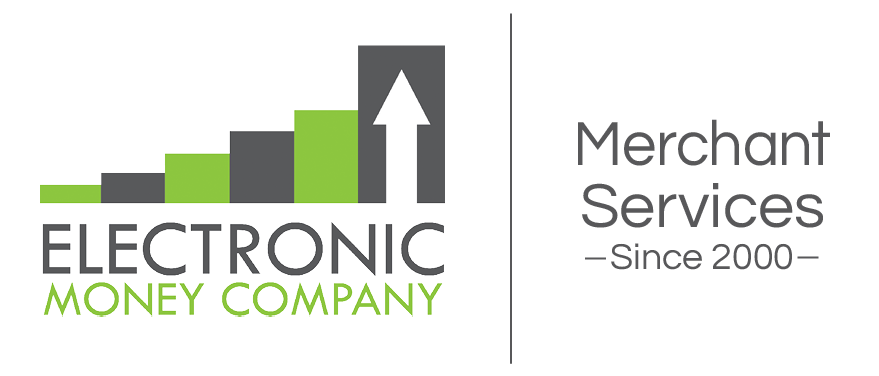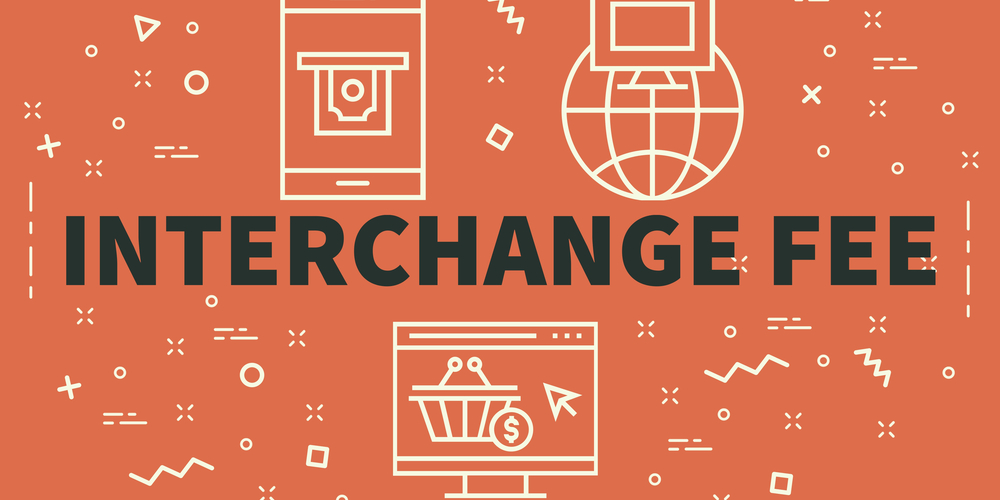Interchange rates and fees are established by the issuing bank associations. The rate and transaction fees vary depending on the risk of the transaction. Corporate cards are higher risk than rewards cards, but somebody has to pay for the reward. Rewards cards are higher risk therefore than a regular credit card. Regular types of credit cards have a higher risk than debit cards run as a credit. Debit cards are less risk because payments are coming out of checking accounts instead of adding to debt on a credit card.
Credit cards swiped carry less risk and have a lower interchange rate than cards not present and keyed in from a phone conversation. Taking payments on the internet is costlier than taking a payment inside a brick and mortar locations because there are more chargebacks and more fraud, i.e. more risk.
Different industries have higher risks than others and therefore those merchants pay higher interchange rates for their payment transactions.
The issuing bank associations meet twice a year to discuss whether they are charging the appropriate “Discount Rates” for the risk of the transaction. They make adjustments after those meetings.
The interchange rates and fees set in stone by the issuing bank associations are the wholesale cost that must be covered by any processor quoting rates to a merchant. Obviously the processor, who is servicing the account, has to charge more than interchange in order to make a profit. The surcharge from processor is small in comparison to the wholesale cost of the interchange.
Here is some background to help understand why and how credit card processing was created, why there are credit card processing fees in the first place, and the purpose and value of payment processing with credit cards.
1914 – It all started with Western Union, who created a metal card with deferred payment for preferred customers at a specific store or group of stores owned by the same company.
1946 – John Biggins created the “charge-it” card. You could use the card to make purchases at more than one local store. The merchants got the authorization from the bank before the customer left the store. Biggins Bank collected from the customer and reimbursed the merchants, while keeping a fee for the transaction.
1950 – A man named Frank McNamara had a business dinner in New York. When the bill arrived, he realized he had forgotten his wallet. He convinced the restaurant that he would return to pay, but then and there he decided there should be an alternative to cash. He created the Diner’s Club card which was created as a “Travel & Entertainment Card.” It allowed 60 days for the customer to settle. Diner’s Club became the first “acquirer” because they were the first to charge the merchant a “discount fee.” Understand that there is no discount. The “discount fee” is in reality an interest charge for the money the bank was advancing to the merchant. It also covered the missing revenue from loans that could have been given to consumers.
1958 – Bank of America in California allowed customers to carry debt on their cards and to make monthly payments to settle their debt on their Travel & Entertainment cards. The merchant got charged the “discount fee” and the customer got charged an interest rate to carry the debt.
1960 – Bank of America issued licenses to other banks outside of California for the privilege of issuing the BankAmericard to their customers. The banks exchanged information with each other regarding card transactions. This later became known as “interchange.” Today, all banks pay each other “interchange fees” when a card transaction takes place. It is the bank who issued the card to the consumer who earns the bulk of the fees paid by the merchant accepting the card. For example, if you go into Macy’s and purchase with a credit card issued by Bank of America, then Bank of America gets the “interchange,” the bulk of the “discount rate” paid by the merchant. If you have a credit card issued by Wells Fargo, then Wells Fargo gets the interchange.
1966 – 14 banks met in NY to form the Interbank Card Association (ICA). They formed this association to compete with the BankAmericard. They agreed to exchange credit card information with each other. They established rules for authorizing, clearing, and settlement. They shared marketing strategies, security, and legal information.
1967 – Four banks in California formed Western United States Bankcard Association and branded it MasterCharge. They later licensed with the Interbank Card Association to continue using the same name. Ultimately this became MasterCard.
1970 – Electronics allowed for 24 hour settlement.
1976 – BankAmericard changed their name to VISA USA.
Today, it is starting to become popular for merchants to pass the “Discount Rates” off to the consumer or card holder. This is called, “Zero Cost Processing.”
Click here if you want more information about Zero Cost Processing or just want someone to give you
an honest evaluation of your merchant statement.

